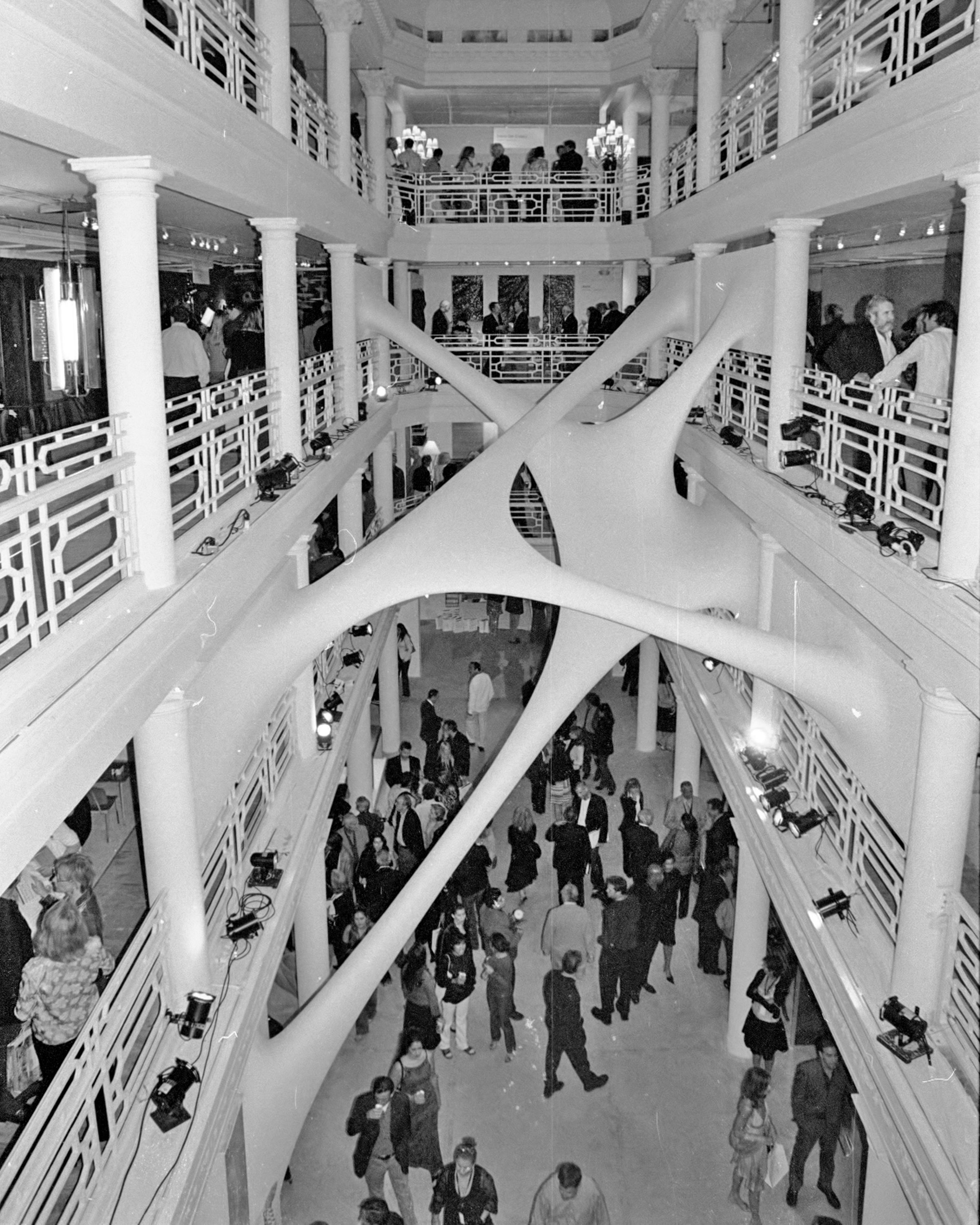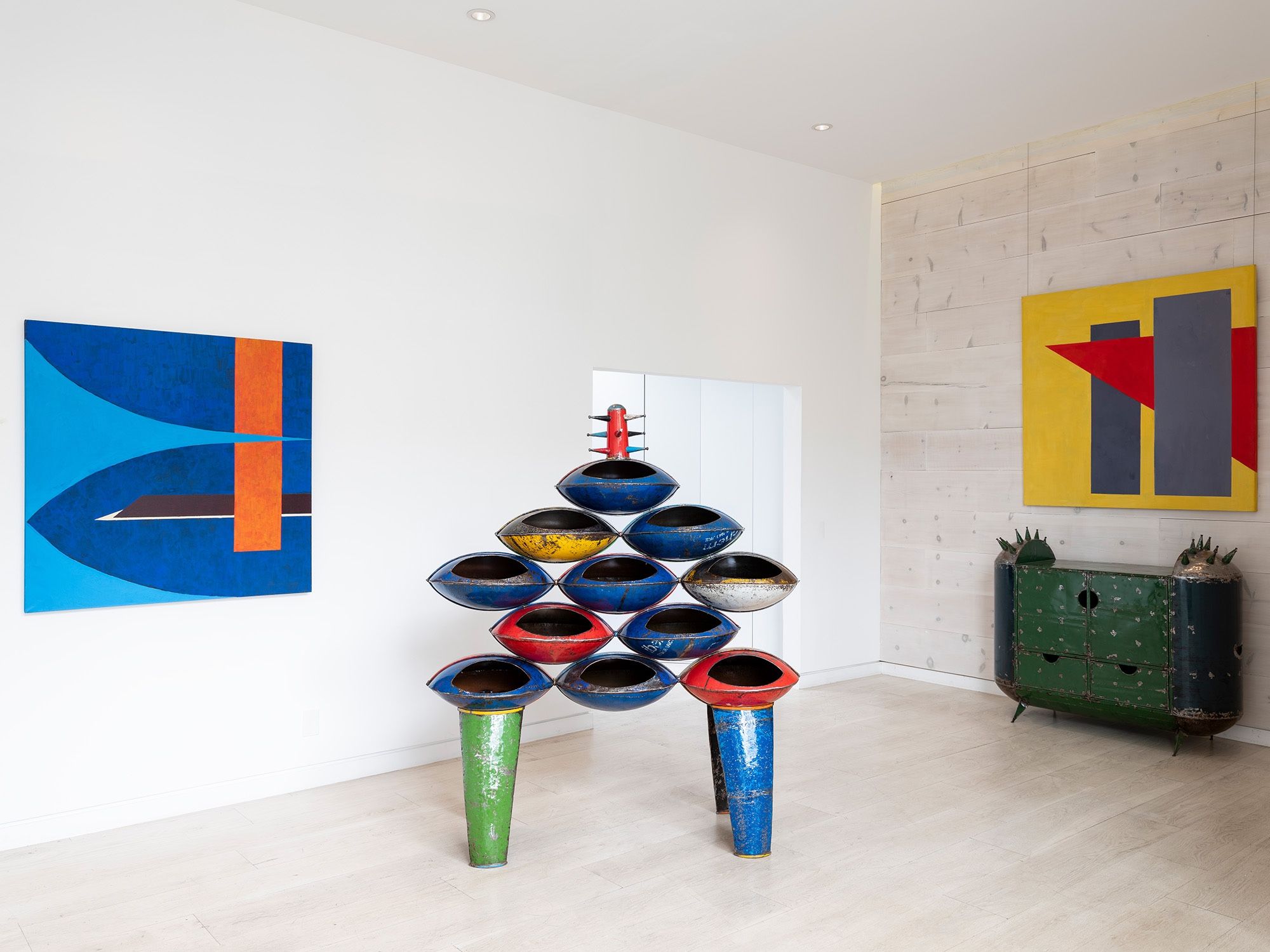IN THE MIX JUNE 4 2021
by Design Miami
A museum without a home explores the role of design in building a more equitable society
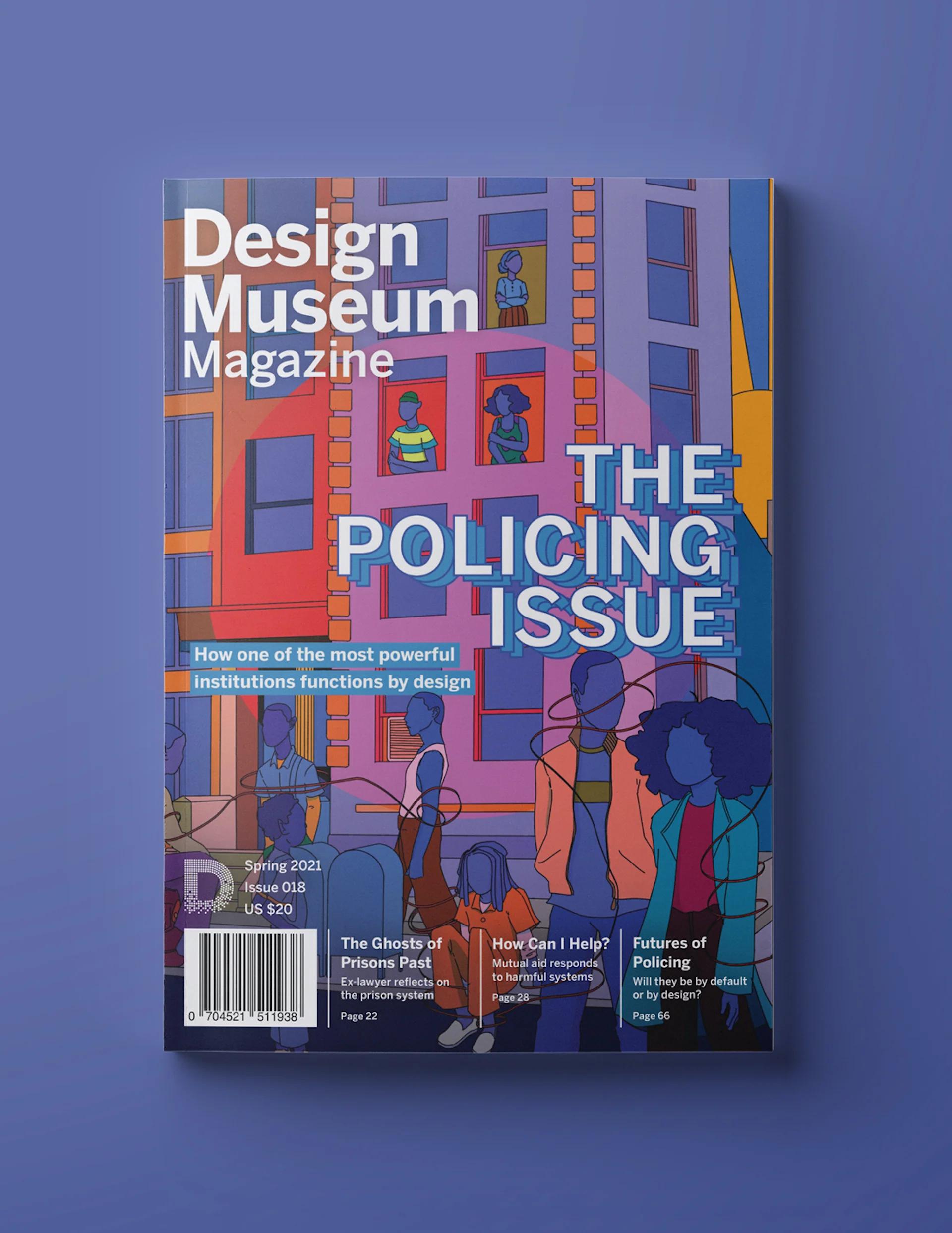
DESIGN MUSEUM EVERYWHERE'S LATEST PUBLICATION: THE POLICING ISSUE
Photo © Design Museum Everywhere
Launched in 2009, Design Museum Everywhere is a museum happily without a home. Turning the museum model inside out, the US-based nonprofit uses entire cities, and potentially the nation, as exhibition space. Presenting shows in public venues like airports and city halls, retail shops and schools, the museum is dedicated to bringing design to everyone—not just those already in the know. “Design is everywhere, and therefore so are we,” executive director and founder Sam Aquillano says.

PROMOTIONAL IMAGE FOR THE UPCOMING BESPOKE BODIES EXHIBITION; MODEL: KELLY KNOX, PHOTOGRAPHER: OMKAAR KOTEDIA, PROSTHETIC DESIGN: THE ALTERNATIVE LIMB PROJECT
Photo © Design Museum Everywhere
Hand in hand with their vision to bring design to all, the Museum spotlights the power of design to make a positive—and at times negative—social impact on the world, while also working to make the design arena and the world at large more inclusive. They engage community through IRL educational programs for kids and adults, special events, a weekly podcast, and physical and online exhibitions—such as their ongoing We Design show, which highlights the voices of BIPOC, women, and gender non-conforming people in design, or the upcoming Bespoke Bodies show, which will tackle design’s role in humanzing technology for people with disabilities. Their ever-growing list of anti-racism resources is a wonderful tool.
Recently, they also began publishing a print magazine—and we’re very pleased to be able to share an excerpt from the latest, exceptional issue below. The fourth installment of Design Museum Magazine, which just landed, is a special, crowdfunded issue that takes on the timely and important topic of Policing, and how “one of the most powerful institutions functions by design.” The Museum invited 20+ BIPOC writers, artists, and researchers to explore the theme and document “how design can be used to deeply oppress people of color, whilst also opening up non-BIPOC readers’ eyes to the duality of benefits versus disadvantages exhibited in design to challenge and explore the relationships, limits, and futures between design and policing, tackling the unspoken truths and history of policing while being a person of color in America.”
This important issue is worth a read. Guest Editor Jennifer Rittner’s letter from the editor is especially powerful, as one can see from just the brief excerpt that follows. Special thanks to our friends at the Museum for sharing this material with us.:
Letter from the Editor
By Jennifer Rittner
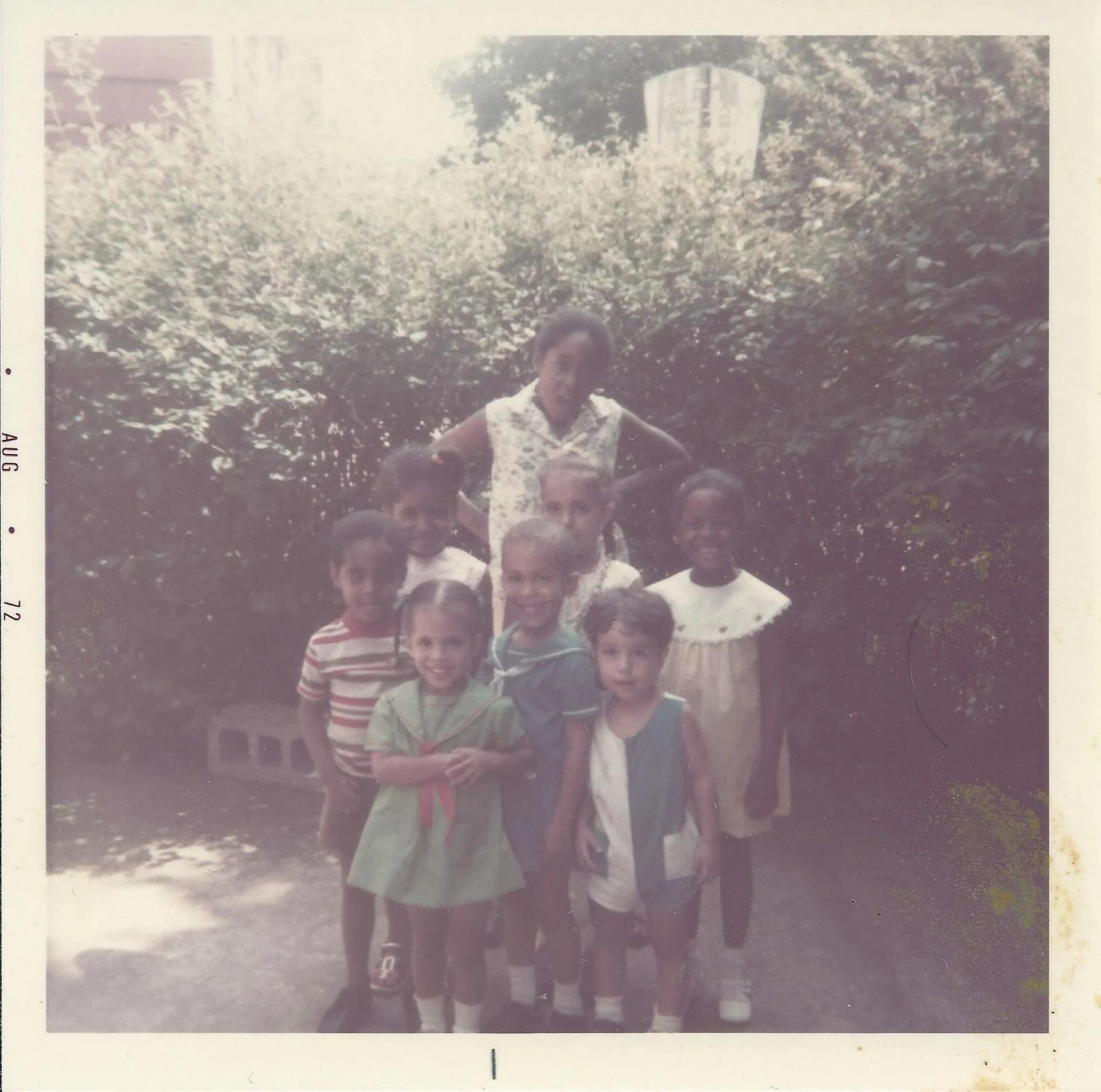
NEIGHBORS, 1972
Photo © Design Museum Everywhere
I was 16 when a friend of friends was arrested. When it happened, it was obvious to all of us that this was the normal state of things. The arrests got closer. A boy I hung out with. A classmate from junior high. My next-door neighbor. Mostly the guys. Almost all in their late teens and early 20s. Among the writers in this issue, several report similar stories. A general awareness of police and the looming threat of impending arrest that menaced friends and loved ones. It colored our teen years, when we did what teenagers everywhere do: hang out, hook up, get lit, look cute, just chill. That awareness shaped our bodies, as some among us would posture in defiance, while others stilled their bodies into submission, willing the police to keep driving, don’t stop, go away.

THE POLICING ISSUE
Photo © Design Museum Everywhere
Among the writers who contributed work to this issue, many have related similar experiences. Living in the shadow of prisons, witnessing loved ones in cuffs and squad cars, learning to look as innocent as possible as if to will the police away. The state of policing is one in which the oppression felt by marginalized communities is the normal state of things, and the means of change are so anemic that they feel more like wishful thinking than any realizable possibility.
The numbers are damning. According to The Sentencing Project, the United States is currently the overseer of 2.2 million mind-bodies being kept in legal bondage, away from their communities and loved ones, from their personal potential, from the possibility of a life beyond oppression...
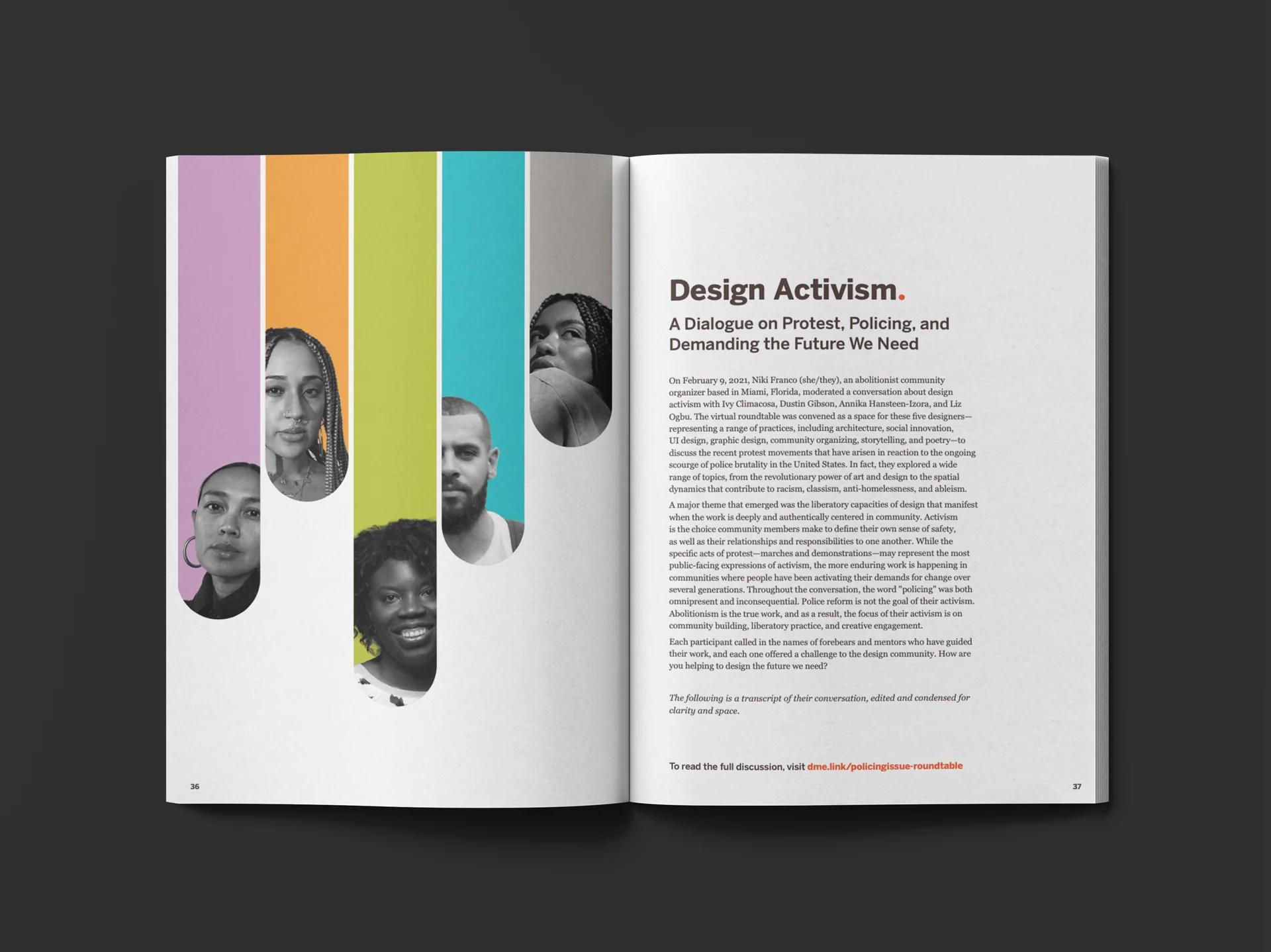
THE POLICING ISSUE
Photo © Design Museum Everywhere
Problems of policing are rooted in the entrenchment of systems designed to enforce rigid rules of normativity, deciding who can thrive and under what conditions. In other words, we continue to keep people in their place by design. The design of systems determines where and how the presentation and aestheticization of our bodies, hair, clothing choices, walking styles, mannerisms, speech patterns, and cultural representations are acceptable, and therefore safe—and when not acceptable—then dangerous.
Designers scoff at Adolf Loos’ strident treatise Ornament as Crime, but perpetuate his essential thesis, weaponizing Modernism to determine who or what has value, and deputizing gatekeepers from among the most historically privileged to maintain order that reinforces cultural supremacy. In the design of physical environments, constructed spaces determine where we are allowed to be and for what purposes. Those spaces are policed both by those deputized by the state to maintain social order, and by those who feel emboldened to deputize themselves as keepers of the unnatural order labeled by Isabel Wilkerson as the “American caste system.” ◆
The full Letter from the Editor can be foundhere.
To purchase The Policing Issue—and learn about all the other great work that Design Museum Everywhere is doing—clickhere.
